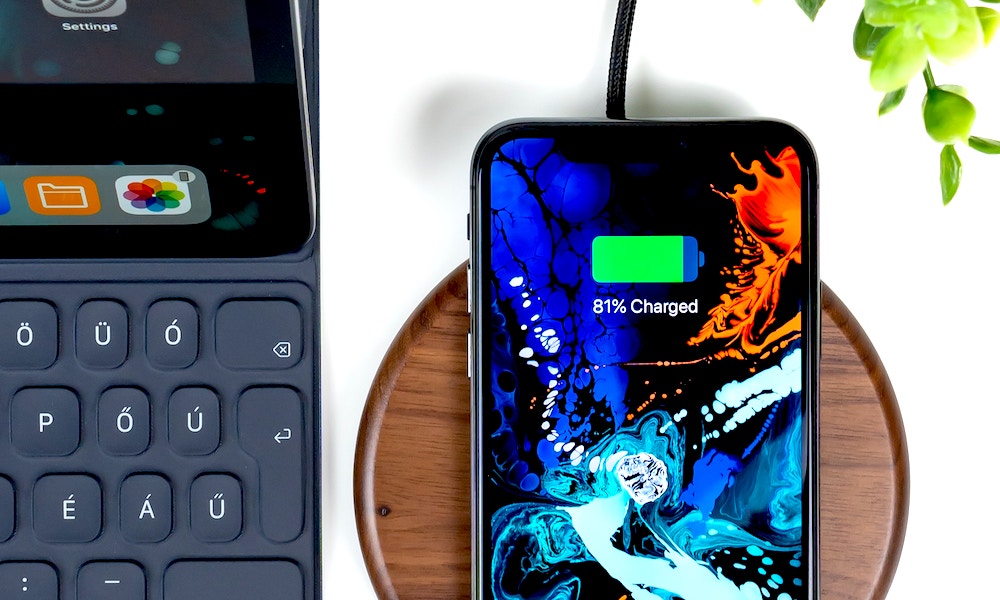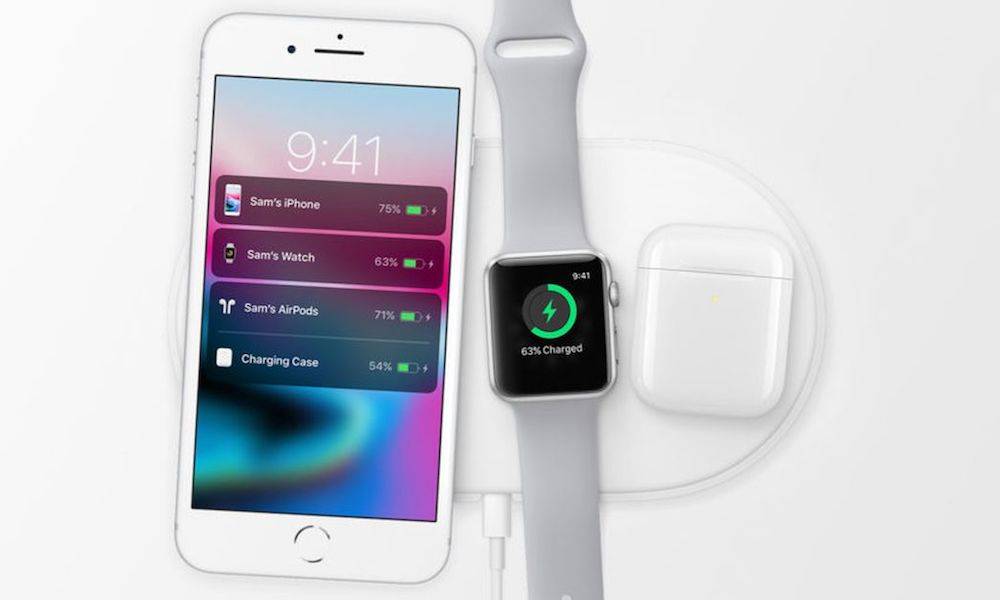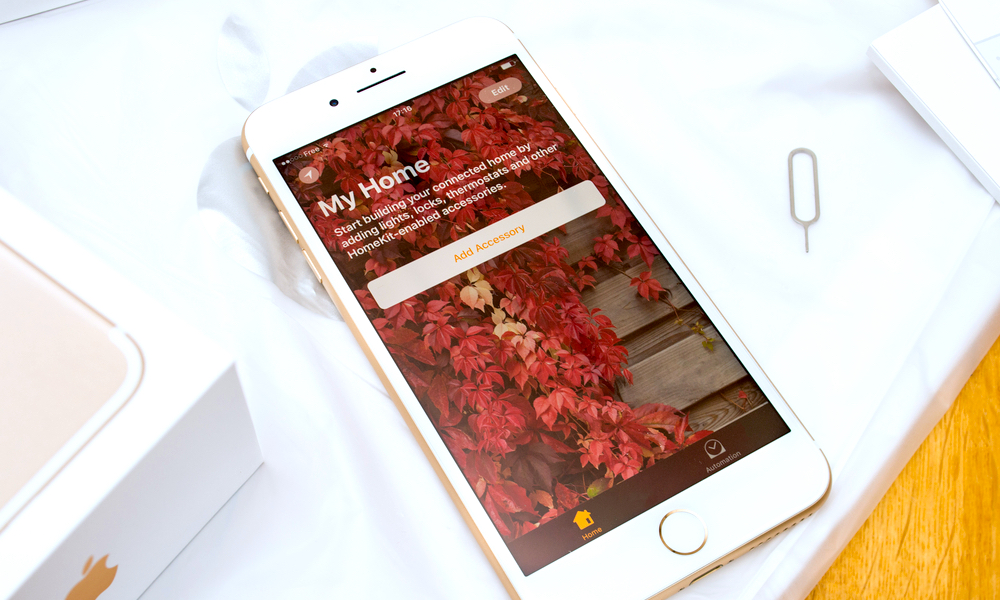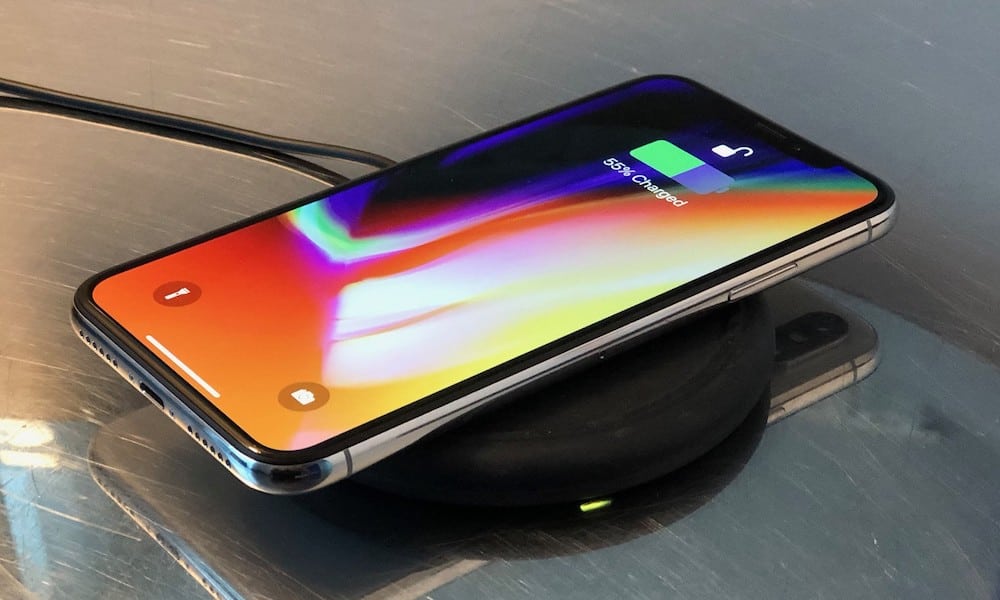5 Cool Things Apple Could Do with Its Own Wireless Charging Mat
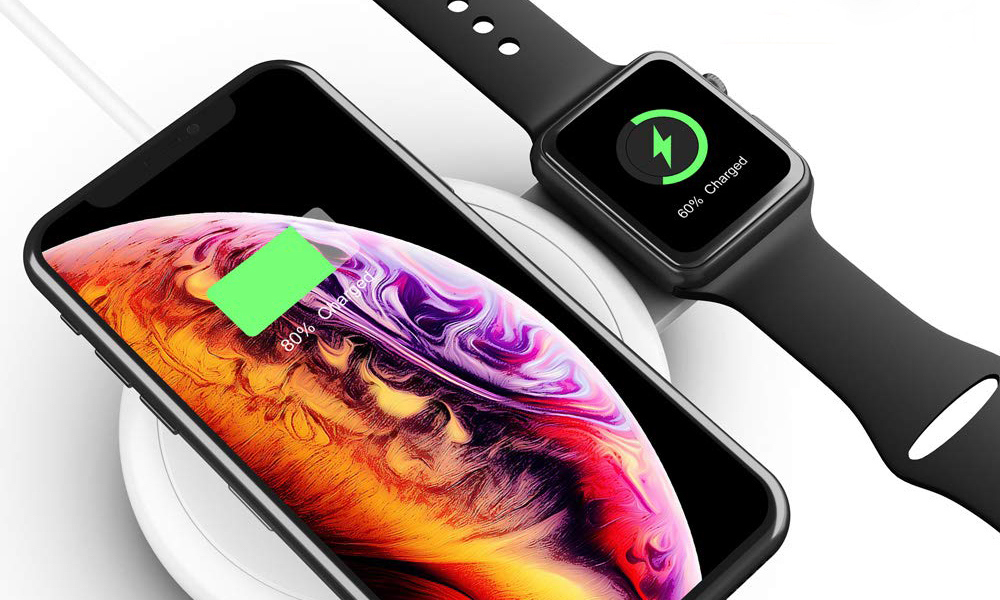 Amazon
Amazon
While we generally have a pretty good idea of what Apple is up to in terms of its mainstream products—new iPhones, MacBooks, and iPads are almost certainly coming—one of the more unexpected revelations to come out of Apple’s supply chain in recent weeks is that the company is said to be working on its own wireless charger.
The report isn’t idle speculation either—it comes from Ming-Chi Kuo, who has a pretty solid track record of being accurate about what Apple is up to, which gives it an extra level of credibility.
This has been surprising for a couple of reasons, not the least of which is that Apple already tried this and failed quite publicly. However, with AirPower, Apple was trying to create a revolutionary new wireless charging solution, and trying to break the laws of physics in the process. So it seems unlikely that it’s going to make another attempt to create something like AirPower, and in fact the report says it’s working on a “smaller wireless charging mat,” suggesting a less ambitious product.
However, with dozens of wireless charging mats available—many of which are already sold in Apple’s retail stores—it’s safe to assume that Apple needs to bring something more significant to the table than just another wireless charger.
Of course, Apple’s branding and the implied guarantee that its own charger will work with Apple products might be enough of an appeal to make it sell reasonably well, but it still seems like if Apple is going to attempt its own wireless charger, it’s still going to be trying to think differently in some way. After all, when Apple introduced AirPods, it didn’t just create another set of earbuds, but actually produced an accessory that revolutionized the marketplace.
A more utilitarian device like a charger isn’t likely to become the kind of hit that AirPods have, but there’s still a lot of room for Apple to innovate here, since most wireless chargers are relatively uninspired and, for lack of a better word, boring. Continue reading to learn 5 Cool Things Apple Could Do with Its Own Wireless Charging Mat.
More Intelligent Charging
Although the Qi wireless charging standard already includes the necessary smarts to guarantee safe and reliable charging, Apple could take this up a notch in its typical style, by virtue of controlling both ends of the solution.
This could include features that monitor battery health and adjust the charging current appropriately so as to help prolong battery life, as well as being able to exchange signals for optimal temperature so that the charging mat ramps down its current if it detects the iPhone heating up to levels that are not ideal for the battery.
Better Charging Status
One of the original promises of AirPower is that it would also allow charging status to be passed between devices while charging, so that for example your iPhone could show your AirPods charge level while they’re both placed on the same mat. While Apple’s new mat doesn’t sound like it will support multiple devices, it could provide information to a user’s iPhone or iPad via Bluetooth or Wi-Fi to help them keep track of the charging status of whatever device is placed on the mat.
This would be particularly great for AirPods, which currently don’t provide any charging status at all, requiring you to pick them up and open the cover to connect them to your iPhone in order to check whether they’re fully charged or not.
Faster Charging
Wireless charging is currently not especially fast. Apple’s iPhones can draw up to 7.5 watts of wireless charging power from properly Qi-certified chargers, and while some competing smartphones can pull 9–10 watts, this still falls short of the high-speed charging that’s possible with an 18-watt USB-PD adapter (like the one Apple now includes with the iPhone 11 Pro).
Much of the reason for these slower charging speeds is due to issues around heat generation and the impact it has on battery life, and Apple’s choice to stay at 7.5 watts is likely conservative for this reason. However, since Apple would be designing a charger primarily for its own devices, some of its intelligent charging enhancements could also allow for safer high-speed charging.
Siri and HomeKit Support
While this one is more of a stretch, it’s not out of the question that Apple could use Bluetooth and Wi-FI to actually add HomeKit support to its charging mat, which would allow users to see their chargers as devices within their homes, and do things like query charging status simply by asking Siri questions like, “Are my AirPods charged yet?”
This would make for a more expensive charging mat, but it’s not out of the question if Apple wants to sell it as a premium product, and it wouldn’t be surprising considering that most analysts expected that AirPower would have sold for $150 or more.
It Will ‘Just Work’
At its most basic level, Apple’s wireless charger would be designed to work flawlessly with all of its products that support wireless charging.
For the most part, wireless charging hasn’t been a big problem for the iPhone—as long as you’re using a Qi-certified charger. However, charging AirPods is much more hit-and-miss, and there are very few Qi wireless chargers that can handle the Apple Watch without making special accommodations for the smaller device.
If Apple were to release its own charging mat, it would be reasonably expected that it should be able to charge ALL of these devices, one hundred percent reliably.

